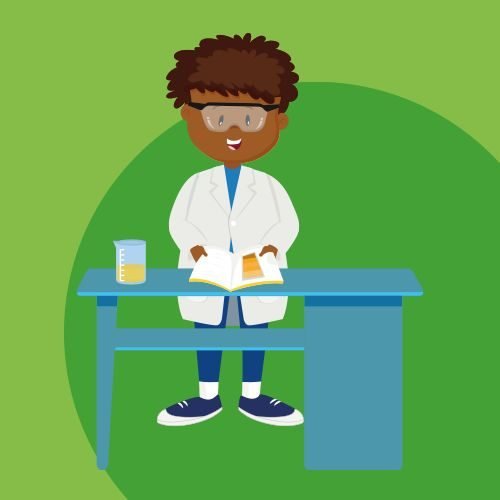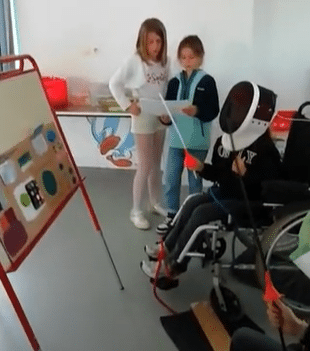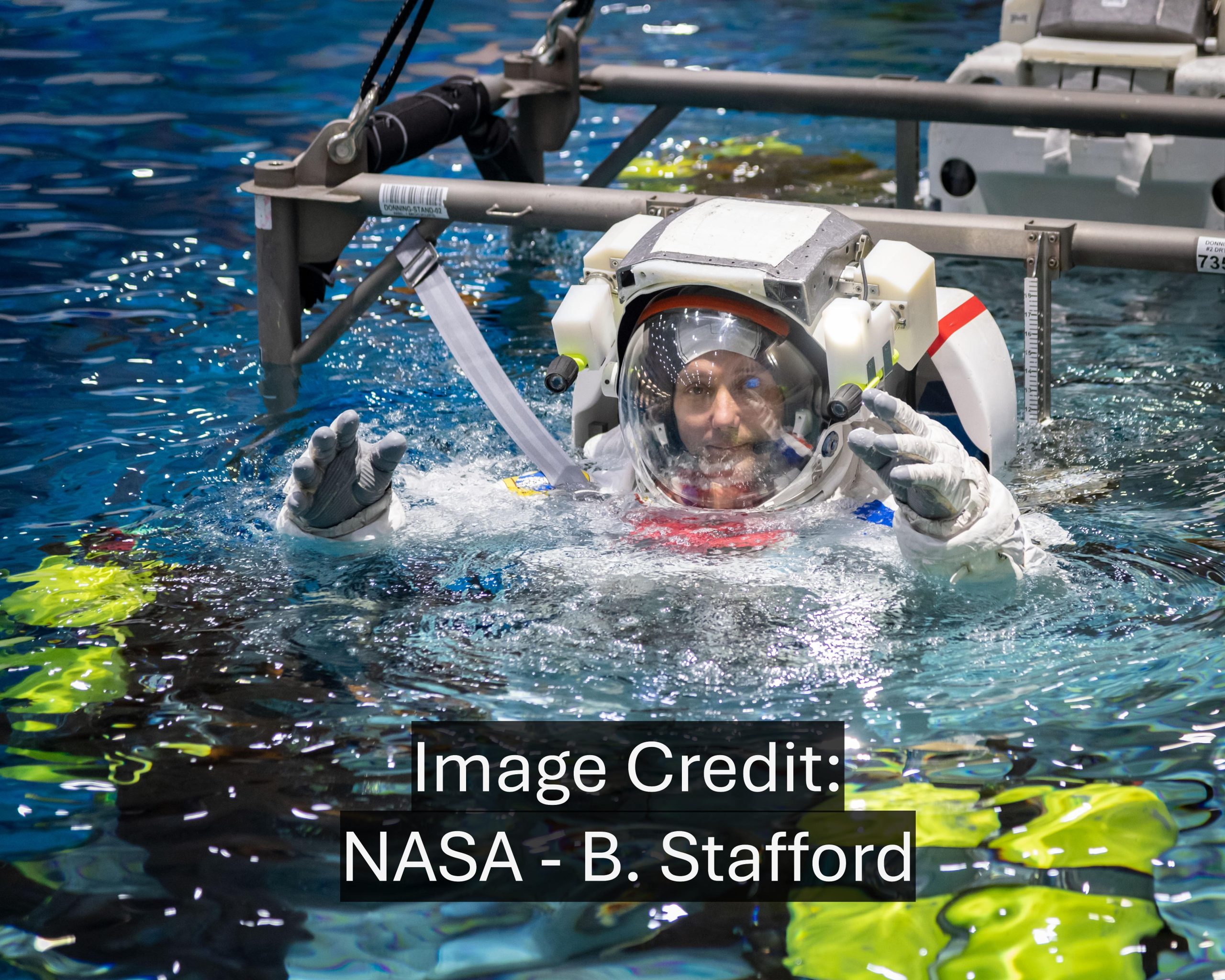Robotic Arm
Your Mission: Design and build a robotic arm to perform some simple tasks.
- discover relationships between the length of a robotic arm and the level of difficulty to grab objects
- investigate importance of hinges in arm function
- collaborate in designing an arm
- test various materials for grippers end effectors
- compare and modify designs based on how well they meet performance criteria and constraints
- Robotic Arm:
- 96 popsicle sticks
- 24 erasers or sponge pieces
- 12 sets of chopsticks
- 12 pairs of tweezers
- 12 storage bins
- 12 ping-pong balls
- scissors
- cotter pins
- hole punch or awl (leather punch)
- End effector:
- styrofoam or paper cups (2 per end effector)
- 12-cm pieces of string (3 per end effector)
- cellophane tape
- plastic picnic knives (serrated)
- straw or lollipop (1 per end effector)
Explore more Mission X activities!
Your Mission: Explore the importance of hydration and identify the signs of dehydration. Since our bodies are made up of …
Your Mission: Measure different body parts and explore how these measurements might change in space. How tall are you? Are …
Your Mission: Perform jump training with a rope to improve strength and endurance. On Earth, humans experience the effects of …
During a spacewalks, astronauts need some serious dexterity and hand-eye coordination to carefully complete tasks, all while wearing bulky gloves …
Time for a brain (and body) twisting game! Using your flexibility and agility, we want to see you navigate your …
Votre mission: Résistez à la gravité pour marquer le plus de points possible. This resource was created by CNES, ESERO …
Your Mission: Explore the anatomy of the hand and build a bionic hand from cardboard. In a near future, it …
Your MissionAccumulate a total of 42 km (26.2 mi) as a team, an individual or as a family… it is …
Your Mission: Observe and compare bones, and design bone models to investigate ways to keep bones healthy. Explorers need strong …
Votre mission: Effectuer un parcours immergé dans l’eau pour préparer pour votre future sortie extravéhiculaire. This resource was created by …
Tag:Human Body, Problem-solving, Science










